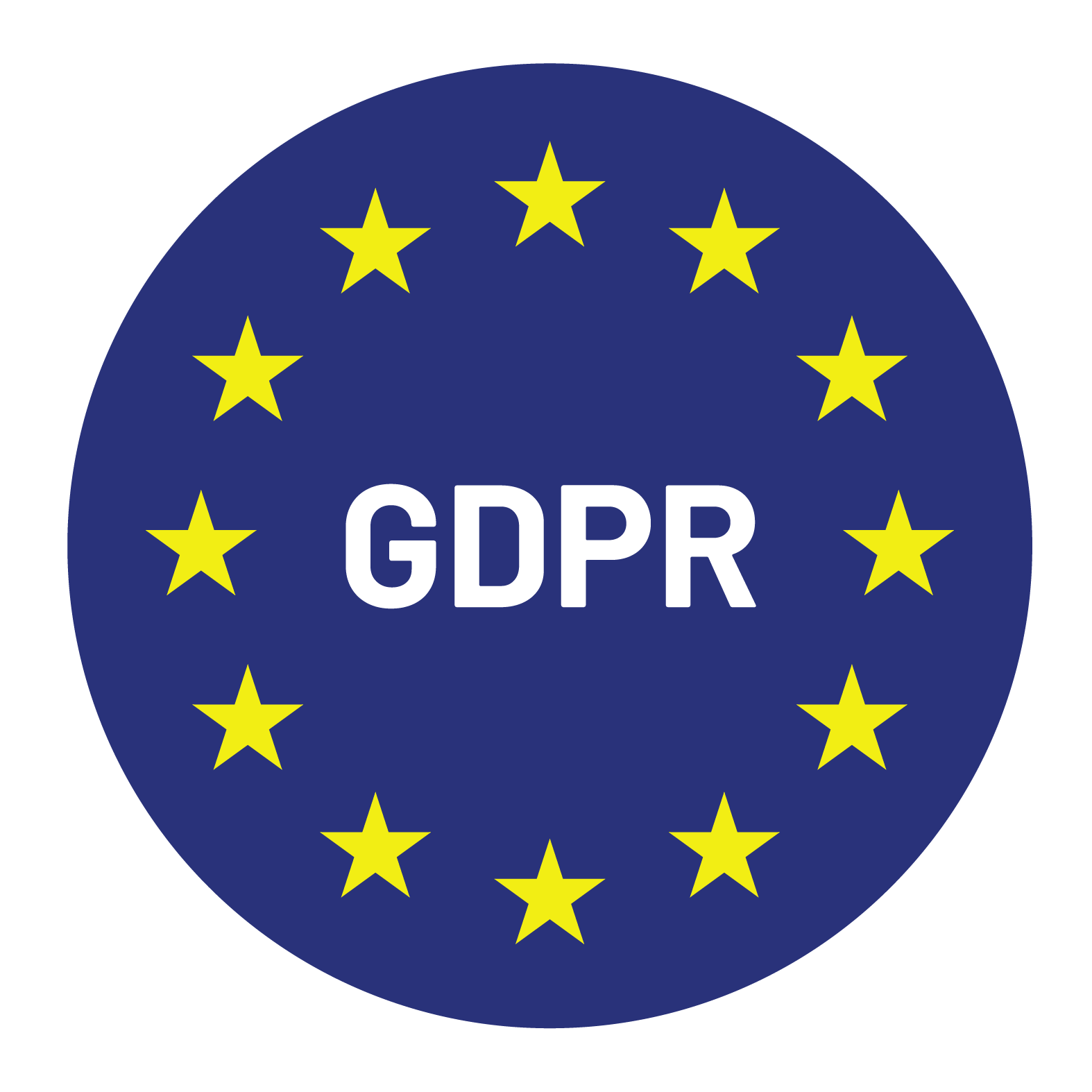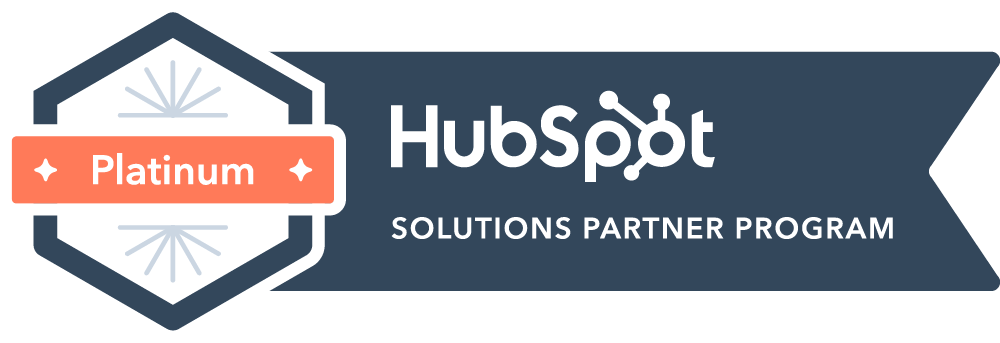

Content Writer for Whistle with multidisciplinary experience spanning over a decade.
Every successful sales organization depends on a consistent flow of qualified opportunities. Behind this flow, you’ll often find Sales Development Representatives (SDRs). While the title has become common in B2B companies, the meaning of the SDR role in sales is not always clear to those outside of the function. For beginners, understanding what an SDR does in sales is the starting point for appreciating how modern pipelines are built and maintained.
The SDR role is typically an entry-level position in B2B sales, designed for professionals who want to learn the mechanics of prospecting, qualification, and engagement. Although often underestimated, it is one of the most influential jobs in shaping a company’s revenue outcomes.
Before exploring skills, challenges, and career paths, let’s begin with a clear SDR role explained: SDRs are responsible for moving leads from interest to qualified opportunity, ensuring that Account Executives (AEs) can spend their time closing the right deals.
At its core, the SDR role is about identifying and qualifying prospects who could become valuable customers. This process involves several responsibilities that build the bridge between marketing campaigns and closed deals.
SDRs engage in prospecting and lead generation, identifying individuals and companies that fit the ideal customer profile. Once leads are identified, SDRs qualify them through research, outreach, and conversations to determine whether they are worth the time of senior sales staff.
Equally important, SDRs create the first impressions of a company. Their outreach, tone, and ability to connect shape how potential buyers view the brand. This makes professionalism, empathy, and consistency vital skills.
Outbound SDRs take a proactive role in reaching new prospects, often through cold calling, carefully structured email sequences, and social platforms like LinkedIn. At the same time, SDRs work closely with marketing teams to act on signals from campaigns, and with sales teams to ensure seamless handoff to AEs. The role sits at the intersection of relationship-building and systematic outreach.
The impact of SDRs extends beyond the number of calls or emails sent. Their work directly influences pipeline health, ensuring there are enough qualified opportunities for Account Executives to pursue. Without this function, sales cycles slow, revenue targets become harder to meet, and growth suffers.
By qualifying leads and filtering out poor fits, SDRs allow AEs to focus on high-value opportunities. This specialization improves productivity and increases the likelihood of closing.
It is also worth clarifying the difference between SDRs and Business Development Representatives (BDRs). While terms are sometimes used interchangeably, many organizations define SDRs as focusing on inbound or outbound lead qualification, while BDRs often target new business opportunities at a more strategic level. The exact definitions can vary, but the importance of both roles is undeniable.
The most effective SDRs combine technical know-how with interpersonal skills. Research and market knowledge are the foundation, enabling SDRs to understand the prospects they contact and tailor their outreach effectively.
Communication and active listening skills are critical. Prospects rarely respond to generic pitches, but they often respond when they feel understood. SDRs who ask the right questions and listen carefully stand out.
Resilience and persistence are non-negotiable. Sales development involves consistent rejection. Those who succeed learn to treat rejection as part of the process rather than a reflection of personal ability.
Time management and organization play a large role, too. With quotas to meet and outreach sequences to follow, efficiency separates strong SDRs from average ones.
Finally, technical fluency is essential. SDRs must be comfortable using CRM platforms, AI-enabled research tools, and communication software. These systems are not optional; they define how the role is executed at scale.
Not all SDRs perform the same function. Inbound SDRs handle leads generated through marketing campaigns, such as website sign-ups, webinar attendees, or content downloads. Their role is to respond quickly, qualify interest, and pass along opportunities that are worth pursuing.
Outbound SDRs, by contrast, go directly into the market to identify new prospects. This involves researching target accounts, reaching out through multiple channels, and nurturing interest until a conversation with an AE makes sense.
For example, an inbound SDR may follow up on a demo request submitted through a company website, while an outbound SDR may identify the head of IT at a target account and begin a sequence of outreach messages. Both workflows require discipline and skill, but the approaches are distinct.
Some companies build internal SDR teams, while others turn to outsourced SDR services. Outsourcing can provide immediate scalability, access to trained professionals, and reduced costs compared to hiring internally. It allows businesses to accelerate pipeline growth without the time and expense of building and training a team from scratch.
That said, outsourcing has challenges. External teams may require extra alignment with company culture, messaging, and brand voice. Choosing a partner carefully is critical. The best providers act as extensions of internal teams, not as disconnected vendors.
At Whistle, we often see businesses turning to outsourced SDR services when they need rapid market entry, global reach, or specialized expertise. For organizations that want predictable pipeline growth but lack internal resources, this approach offers significant advantages.
For many, the SDR role is a stepping stone to more senior sales positions. A common progression moves from SDR to Account Executive, then to Sales Manager, and potentially into leadership roles such as Director of Sales or VP of Revenue.
Training and promotion timelines vary, but ambitious SDRs can often move into closing roles within 12 to 24 months. Along the way, they gain exposure to sales processes, customer interactions, and industry knowledge that benefit them throughout their careers.
Is the SDR role a long-term career? For some, yes. Many companies value SDR managers who can coach teams, scale processes, and develop junior talent. However, most professionals treat the role as an entry point into the broader field of B2B sales.
Clarity about the role is the first step to success. SDRs who understand that their purpose is to qualify opportunities, not to close deals, perform better.
Embracing rejection as part of the job is equally important. Those who approach each “no” as progress toward the next “yes” maintain the mindset required to hit targets consistently.
Building a strong professional network helps SDRs stay motivated and informed. Colleagues, mentors, and even prospects can all provide valuable learning opportunities.
Collaboration is another vital skill. SDRs who work closely with marketing and AEs create a smoother process and achieve better outcomes.
Continuous learning rounds out the picture. The best SDRs stay updated on tools, sales techniques, and market trends, ensuring their outreach never feels outdated.
Rejection and burnout are frequent issues. To counter this, SDRs should focus on celebrating small wins and maintaining a balanced workload.
Consistently hitting quotas is another challenge. Strong time management, structured workflows, and clear daily goals make targets more achievable.
Time management also plays a role in addressing the challenge of repetitive tasks. Outreach sequences can feel monotonous, but effective SDRs build variety into their routines and look for creative ways to engage prospects.
Motivation remains the underlying issue. The role demands resilience, but with the right mindset and support, SDRs can turn these challenges into career-defining skills.
SDRs are often the unsung foundation of pipeline development. Their efforts keep opportunities flowing, enabling AEs and managers to focus on advancing deals and driving revenue. Every organization that takes growth seriously should recognize the value of this role.
At Whistle, we have seen how businesses thrive when SDRs are given the right tools, training, and strategy. For companies considering outsourced SDR services or professionals exploring career paths in sales, understanding the SDR role is the first step toward long-term success.
What does an SDR do in sales?
An SDR identifies, qualifies, and nurtures leads, allowing Account Executives to focus on closing deals.
Is SDR a stressful job?
It can be, given the high volume of outreach and rejection. However, with resilience and support, SDRs build valuable skills and progress quickly.
How much does an SDR earn in the US?
Compensation varies, but entry-level SDRs typically earn between $50,000 and $70,000 annually, including base and commission.
Is SDR a good entry-level role for beginners in B2B sales?
Yes. It provides exposure to customer conversations, industry knowledge, and practical sales techniques.
What’s the difference between SDR and BDR?
SDRs often focus on qualifying leads (inbound or outbound), while BDRs may target broader business development opportunities. Definitions vary by company.
How long does it take to get promoted from SDR?
Many SDRs move into Account Executive roles within 12 to 24 months, depending on performance and company structure.


© Copyright – Whistle 2023